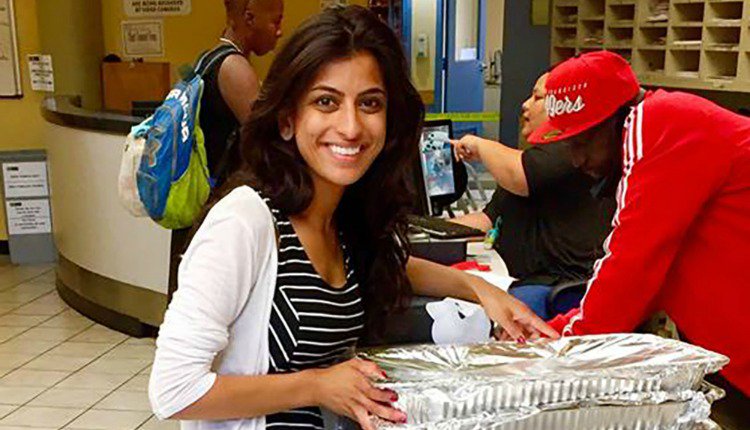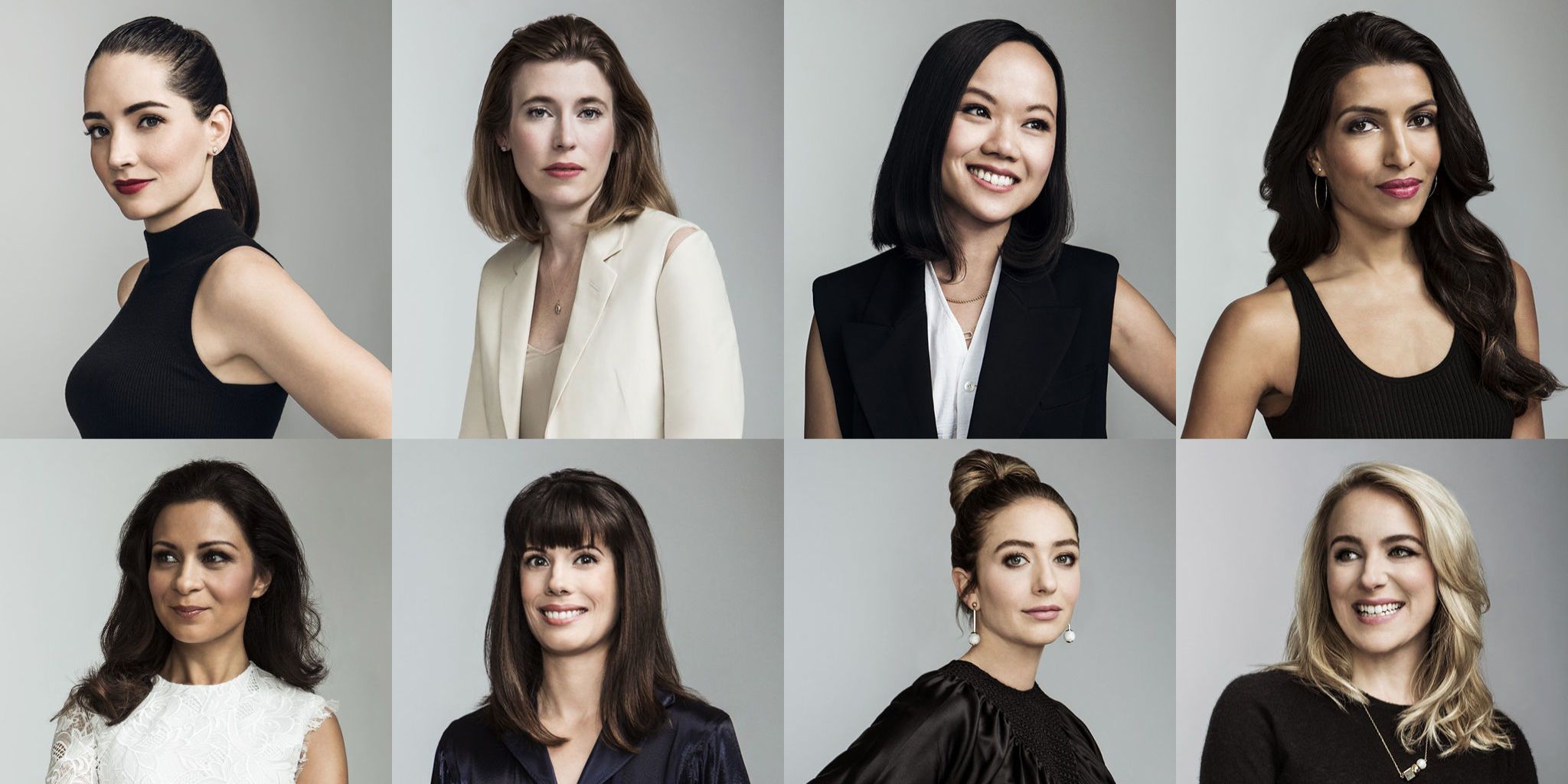This article originally appeared on the Women & Girls Hub of News Deeply, and you can find the original here. For important news about issues that affect women and girls in the developing world, you can sign up to the Women & Girls Hub email list. By Nina Teggarty
In Vietnam, the arrest of famous blogger "Mother Mushroom" has highlighted the growing number of female bloggers and human rights activists challenging the communist regime.
It was only a matter of time. Nguyen Ngoc Nhu Quynh knew that one day the police would come knocking. The 37-year-old political blogger, writing under the pen name “Me Nam” (Mother Mushroom), has openly condemned the Vietnamese government for human rights abuses and corruption. It was risky work – severe punishments are meted out to those who dare criticize Vietnam’s one-party communist state.
After a decade of blogging, Quynh was arrested in early October. A family friend told Women & Girls Hub that Quynh’s 8-year-old daughter, Nam, was “very, very brave” as she silently watched her mother being handcuffed and led away. Before leaving, Quynh scribbled one last note to her children:
“Nam: You must be well-behaved. Listen to Grandma. Don’t tease your brother. I love you both very much.”
No one has heard from the famous blogger since.
State media accused Quynh of criticizing the government via social media, citing a document she shared on Facebook listing the names of dozens of people who died in police custody. Media reports accused her of “causing detriment to national security.” Quynh has been detained under Article 88 of the criminal code, which punishes anyone for committing “propaganda against the state:” it carries a maximum prison sentence of 20 years.
If convicted, Quynh will become one of the estimated 200 political prisoners in Vietnam, many of whom were imprisoned as a result of their online activity.
“Vietnam is one of the worst countries in the world for the jailing of bloggers,” says Robert Hardh, executive director of Civil Rights Defenders.
Bloggers in Vietnam use the internet to circumvent state-controlled media and expose controversial issues, such as the toxic chemical spill in April that has devastated the fishing industry in four provinces. The incident – which has been blamed on the Taiwanese steel company Formosa – and human rights abuses such as land seizures, discrimination and police brutality, have galvanized Vietnam’s underground democracy movement.
More women are joining the movement’s ranks, according to an April 2015 Civil Rights Defenders report, and they face “surveillance, arbitrary detention, physical and cyber attacks, criminal prosecution and imprisonment.”
In 2008, blogger Thanh Nghien Pham was sentenced to four years in prison under Article 88.
“Those years were terrible for me,” she says. The 39-year-old says she felt “spiritually assaulted” during her incarceration, as she was segregated from other prisoners. Despite this, Pham never considered giving up blogging. “We do not want to stop raising our voices, we want to change our country,” she says.
When her good friend Quynh was arrested earlier this month, Pham received dozens of hostile phone calls. “They were threatening me to stop my activities, otherwise [they said] I will be the next prisoner,” she says.
As a famous blogger in Vietnam, Pham is accustomed to such treatment. “Every day when I wake up, I face difficulties and harassment by the government,” she says, adding that policemen have assaulted her many times and often threaten to put her back in jail.
The treatment of female bloggers and activists has come to the attention of the U.N. Committee on the Elimination of Discrimination against Women (CEDAW), which last year urged the Vietnamese government “to investigate allegations of harassment, arbitrary detention and ill treatment of women human rights defenders.”
Harassment of female activists can sometimes degenerate into gender-based violence. Bloggers told Women & Girls Hub that state officials have told women to strip, and human rights campaigner Nguyen Hoang Vi blogged about how she was sexually assaulted in Ho Chi Minh City in 2012. The blog describes how she was brought to the police station, strip-searched and then subjected to a vaginal cavity search. “The terrible thing was they brought out a video camera to record the event. Their goal was to humiliate me,” she wrote in her blog.
These days, 29-year-old Hoang Vi says she is regularly “monitored, harassed and violently cracked down on.” Her three children are often caught up in the conflict. She recalls how last year, while on the way to the shops with her daughter, her path was blocked by plain-clothes policemen. With nowhere to go, she staged a sit-down protest with her baby in the middle of the road – they stayed there for the following three hours.
These female activists and bloggers have dedicated their lives to the reform movement, but they don’t always win the support of others, including from their own families. Vietnam is a patriarchal society – mothers are expected to produce a male heir, and few women occupy top government posts. Against this backdrop of gender inequality, strong, independent women who raise their voices are often condemned. Hoang Vi says that many are not supported by their families. “Worse than that,” she says, “some people criticize female political bloggers for not taking good care of the family but for spending time writing ‘nonsense posts.’”
Yet bloggers and campaigners understand that if they wish to change society, they must make sacrifices and endure hardships.
“We have accepted this life, we have to move forward, we have to do something helpful for democracy. So everyday we must overcome our feelings of fear,” says Pham.


























